Editor’s Note: “Over a Beer” is a regular column written by Greg Heil. While Greg is the Editor in Chief for Singletracks.com, any opinions expressed in this column are his alone and do not necessarily represent the opinions of Singletracks.com.
My job requires that I test and review the newest bikes hitting the market. It’s a tough job, but someone has to do it.
During this testing, one unfortunate trend I’ve observed that is somehow still hanging on in the mountain bike industry, is the use of cheap, flimsy, narrow tires as a stock tire spec on bikes all across the mountain bike spectrum. When I then hop on one of these bikes with horrific stock tires, whether it’s a test ride at a demo, a long term review bike, or—the worst of all—a rental bike, I then proceed to shred the tires to bits. If these horrible tires have tubes in them, forgetaboutit—pinch flat follows puncture in quick succession. In one 3-day trip in Park City while riding such tires I wracked up 5 flats.
[see_also id=”196366″][/see_also]
Even if I encounter a narrow tire that’s set up tubeless, it’s still no guarantee of a good time. I’ve sliced numerous sidewalls on thin-walled tires, and pinch flatted entire tubeless tires multiple times. While some effort was made to ensure a good time on the bike, these tires were still simply too low-volume for respectable trail riding.
Flat tires are a part of mountain biking, but when I’m spending hours of my time in foreign countries fixing flats on the side of the trail when I could be riding or enjoying the local culture, considered my anger piqued. Because these flats are, for the most part, preventable by simply spec’ing a decent, durable trail tire, such as the Maxxis High Roller II. Tires like the High Roller II provides excellent sidewall durability, incredible traction, decent volume, and yet still roll pretty fast.
[see_also id=”51066″][/see_also]
It seems to me that the selection of these lightweight XC tires as a stock spec is a hold over from a time long past in which these tires were found on every bike, and wide, durable trail tires at a decent weight simply didn’t exist.
In my opinion, every single stock bike should come with durable tires of decent width (2.35” or more) that can be used in a variety of conditions.
My reasoning is this: no matter what type of bike is being sold, the brand selling the bike doesn’t actually know how it’s going to be ridden—no matter the intended application of that mountain bike. Take, for example, an budget-friendly hardtail 29er with an SLX spec, or similar. These are some of the most affordable yet capable mountain bikes on the market, and are sold all around the world, and the mountain biker who buys such a bike may end up riding it absolutely everywhere. Heck, I’ve seen people riding chairlifts at the bike park with hardtail 29ers bikes before.
[see_also id=”52899″][/see_also]
Despite the fact that the brand doesn’t know how the bike will be used, there seems to be this widespread opinion that wide, aggressive trail tires with durable sidewalls are specialized equipment that must be purchased aftermarket, and that narrow XC tires are the standard. However, in reality, low profile, lightweight XC tires are actually the most specialized of equipment. And here’s why.
While XC tires may be lighter and thus easier to pedal, the reality is that they can only be ridden well in a very narrow selection of terrain—namely, smooth, fast trails with minimal obstacles. Now, of course under a skilled pilot, a flimsy tire can be ridden through technical terrain without flatting but again, the brand can’t know what the skill of the rider will be. And if we take the example of the affordable hardtail 29er mentioned above, we can be pretty confident that the prospective customer isn’t the most adept bike handler.
On the other hand, if you choose to spec a burly trail tire on your bike as a stock option, that tire can safely be ridden through that same smooth, flowing terrain, with just a minor weight penalty. But in addition, it can also safely be ridden in technical terrain filled with jagged rocks, boulders, roots, steep singletrack, loose scree—you name it.
The XC tire can only be ridden well in a very small percentage of the terrain out there. The durable, aggressive trail tire, on the other hand, can be ridden everywhere.
Consequently, I think that aggressive trail tires should be the stock spec on all bikes. No matter the intended use of a mountain bike, the brand selling it can’t know where the rider will choose to ride it. If the rider chooses to ride their mountain bike, oh, down a mountain, it should be as prepared to handle that terrain as possible, out of the box. Durable trail tires can safely be ridden everywhere, whereas light duty XC tires cannot.
Cut the BS
This seems like a no brainer to me: spec the most broadly-applicable product possible on your mountain bike. But bike manufacturers aren’t stupid–they know the points I’ve made above, or at least should know them. Rather, the choice to spec a useless tire is usually a conscious one. Oftentimes, such a tire is selected as a stock choice for two main reasons: to save money, and to save weight.
Speccing a lightweight, flimsy tire allows the brand to claim that their bike only weighs XX number of pounds: “see, look how lightweight our latest bike is!” Or, it allows them to undercut the cost of a brand that chooses to spec a quality tire: “see, look how affordable our latest bike is!” But when you get that bike out on the trail and realize that it’s barely rideable with some of the components that the brand chose, as a consumer and a reviewer I feel cheated and deceived.
While the numbers may look good online, the consumers aren’t dumb either, and they’ll be able to tell when a stock component doesn’t perform like it ought to. It’s time to cut the BS: brands, you need to stop speccing useless tires.

















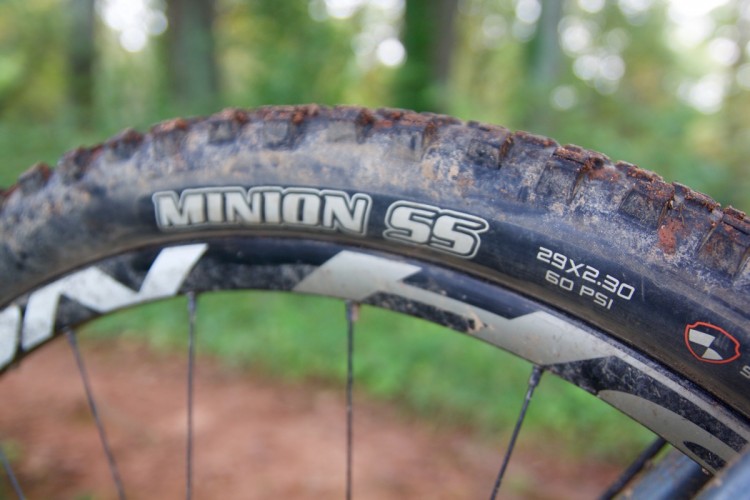

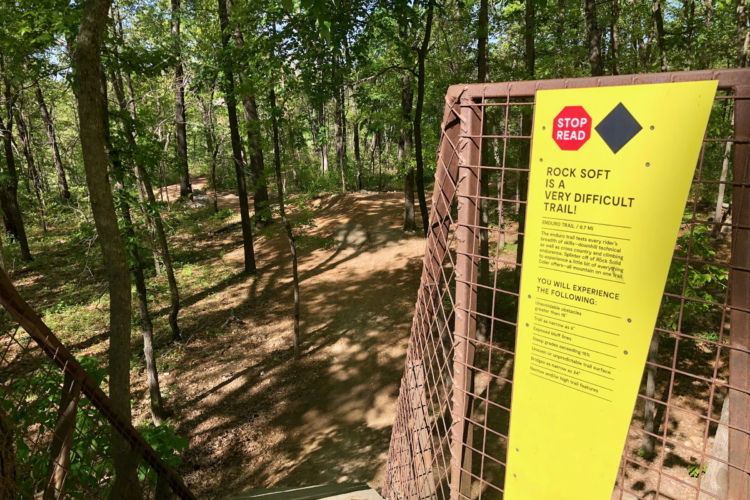
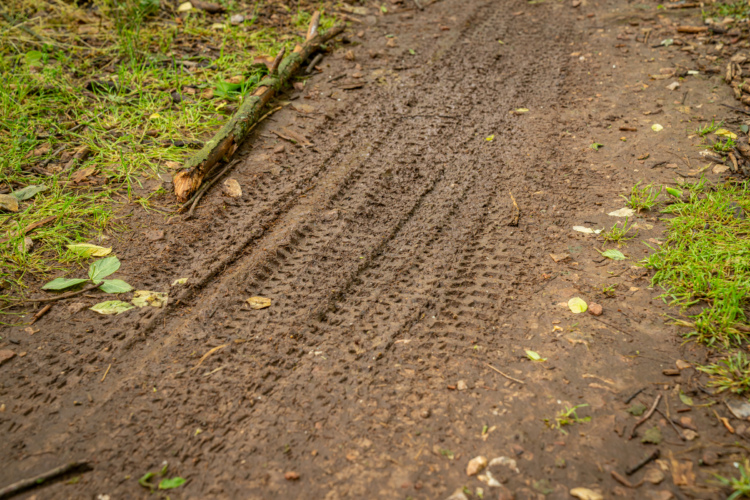
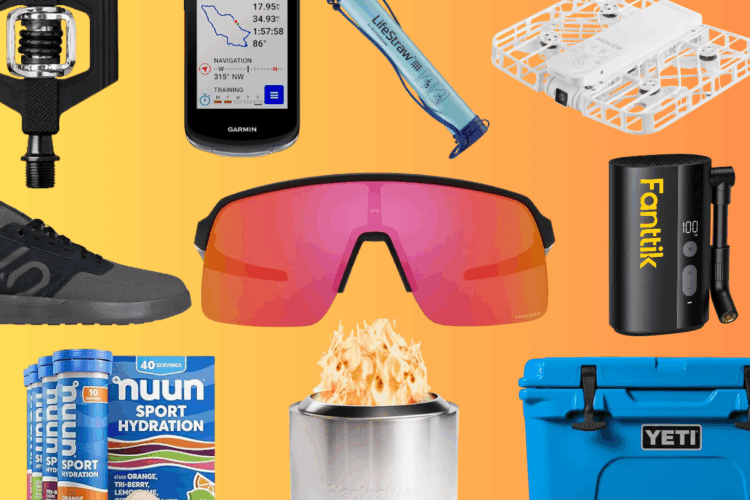
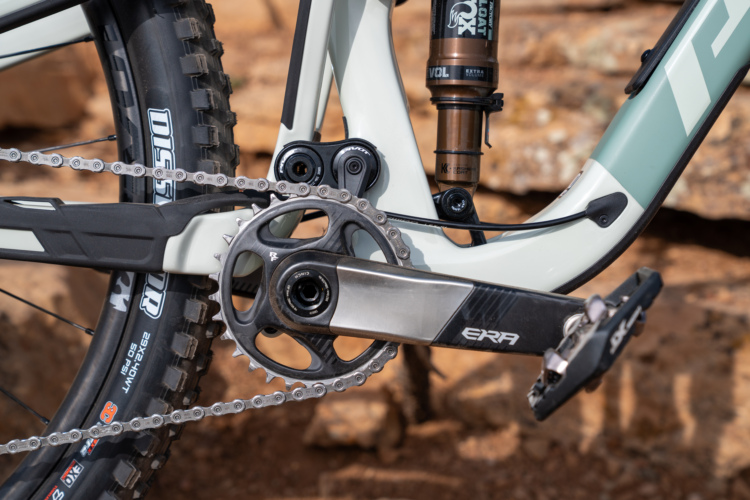

22 Comments
Oct 13, 2016
Oct 12, 2016
Oct 12, 2016
As bike prices climb ever higher, and the groaning ever louder, companies have to cut corners somewhere. Hence the proliferation of house-branded stems, posts, bars, saddles, etc. Tires are a major consideration for product managers when it comes to hitting certain price points. Even a few bucks per tire adds up when it moves through the supply chain to the end user. As @tomp mentioned, at the entry-level customers are very price conscious, $50 can change their purchase decision. The shop owner can try to explain to them how much better the tires are on bike X than the ones on bike Y, but the newbie rider won't appreciate that difference.
My main beef with stock tires is when a flimsy tire is spec'd to cut weight, which you mentioned in the column. As I always say, a light tire is nice as long as it's holding air. I will gladly accept the added weight for a more durable tire, regardless of discipline. As in, I'll ride an XC tire but not the lightest spec. Give me the one with a more durable casing and some sidewall protection. But speccing every bike - regardless of discipline - with a more aggressive trail tire, is not the answer.
Oct 12, 2016
Oct 12, 2016
I understand the concern for speccing a more expensive tire when it is expected that a consumer willing to pay more is likely to have a more specific preference.
However,
Even if a bike specs, for instance, a Kenda Nevegal or a Continental Trail King when I'd rather have a Maxxis Ardent -- I'd much rather have either of those two than the crappy tire that came on the bike. You may not be giving every consumer exactly what they want, but you're at least getting a lot closer.
Other than the first bike I bought in 2000, I've swapped out the spec'd tire on all but one of them before I even left the shop, and I was sorry about the one I didn't. It would have been nice to have had an acceptable, if not perfect option.
Oct 12, 2016
Yeah, this is exactly my point--thanks for chiming in John!!
Oct 12, 2016
Oct 12, 2016
The goal of my article is to say that the bike should be as ride-ready and capable as possible for the consumer who buys it, whereas not coming with wheel or tires at all is the exact opposite of what I'm pushing for.
I get the idea of wanting to customize your build to your personal desires, and thankfully plenty of brands offer those options--you just have to be willing to pay money for a more boutique mountain bike :)
Oct 12, 2016
My opinion: at the low end, yes a better tire. But keep in mind, those customers are often comparing on price and a difference of $50 might swing their choice. Even once you get into the price point where the customer may want carbon hoops, putting your choice of "nice" tires on is a gamble.
I've bought a lot of bikes in the last 15 years. And I've sold a lot of wheels and a lot of take-off tires on craigslist. Wheels too light and flimsy, tires with thin sidewalls even if they do have volume. But would I have wanted the manufacturer to choose what better wheels and tires? Without my input, they likely would not choose what I would choose.
What would work? Instead of having 3 build options and frame only, break it up. Make it so you can buy the frame with fork A, shock C, drivetrain E and perhaps nothing else. Or complete bike with basic everything except wheels being the heavy duty option (which I need). Choice of half a dozen tires. A complete bike may be built based on choices from four or five bundles. Drivetrain, Wheels/tires, Fork/shock, frame (perhaps aluminum or carbon options), incidentals (handlebar, seatpost, etc).
Keep in mind, this would be quite a bit less cheap than specing your three levels of build and then partially assembling and boxing them up. That extra cost would be passed on ultimately to the customer.
Customers don't like that. Even if they get something really useful out of it, like granular choices. They like cheap, light, short stems, and wide bars.
Oct 10, 2018
Oct 12, 2016
Oct 12, 2016
However, regarding your first comment about some people not liking the tire choice no matter what tires you put on there, I don't think you'll ever be able to satisfy everyone perfectly, and I'm not advocating for that. For instance, very few experienced riders will ever use the stock saddle that comes on the bike they buy--they'll have their own saddle that they're used to and that has been fitted for them.
But the bike still needs to come ready to ride, which means a saddle and tires. My main argument is that the tires should be as capable as possible on the stock build. They don't necessarily need to be my favorite brand, but they at least need to be pretty durable, have somewhat aggressive tread, and decent volume.
Regarding the granular builds, there aren't many brands doing this, but there are some, like Ibis who do. But thankfully, more and more brands are offering frame-only options, which many advanced riders take advantage of.
Thanks for the comment and insight Tom!
Oct 10, 2018
When I I bought my last new bike, I got the shop to give me some credit for the stock tires and I paid a little more to get my preferred tires installed tubeless. Why waste quality ride time wearing out a crappy set of stock tires. I always figure on spending a few bucks to make some changes to my new bike to get it exactly the way I want it.
Oct 12, 2016
Apr 3, 2017
Consumers are "dumb", humans are largely irrational and subject to a huge number of biases. It takes more energy and time to think rationally, even for those who are very capable of highly rational thought often default to irrationality.
They already quote weights without pedals.
As far as I can see the only way to stop this madness is for them to start quoting weights without tyres.
Apr 3, 2017
It's not uncommon to see people who appear to understand the physics and seem capable of the maths, but totally ignore the mass distribution of any given wheel, fail to factor in any advantages, and don't consider how much acceleration and deceleration occurs in real world situations.
Oct 12, 2016
If it were up to the designer/engineer of each bike, they would get great tires, but the sales department probably shoots that one down to keep profits high.
Honestly though, I would rather have the nicer tires from the get go.
The trend I hate though is "Tubeless ready" rims with tubed tires.
Oct 13, 2016
Oct 13, 2016
I agree 100 percent Greg.
Apr 3, 2017
You're looking at 200g less for a pair and an online european price difference of around 50euros per pair.
This comes at the expense of grip (not in the case of evo liteskin), stability and protection.
However, I admit that something like an HD up front would make more sense on a Trance, for most situations.
Oct 13, 2016
i never really did any trial cycling or alot of xc
its more common to find me on the road as the nearest trial to my house is about 100 km away as am still a teenager i have to ask my parents to take me there
so am always looking for a tire with very good treadwear that can be used for road and xc with decent puncture protection (i live in south africa my most recent puncture was an 2 inch nail on road )
i have to say schwalbe is guilty of soft sidewalls but they still sell decent tires
Oct 13, 2016